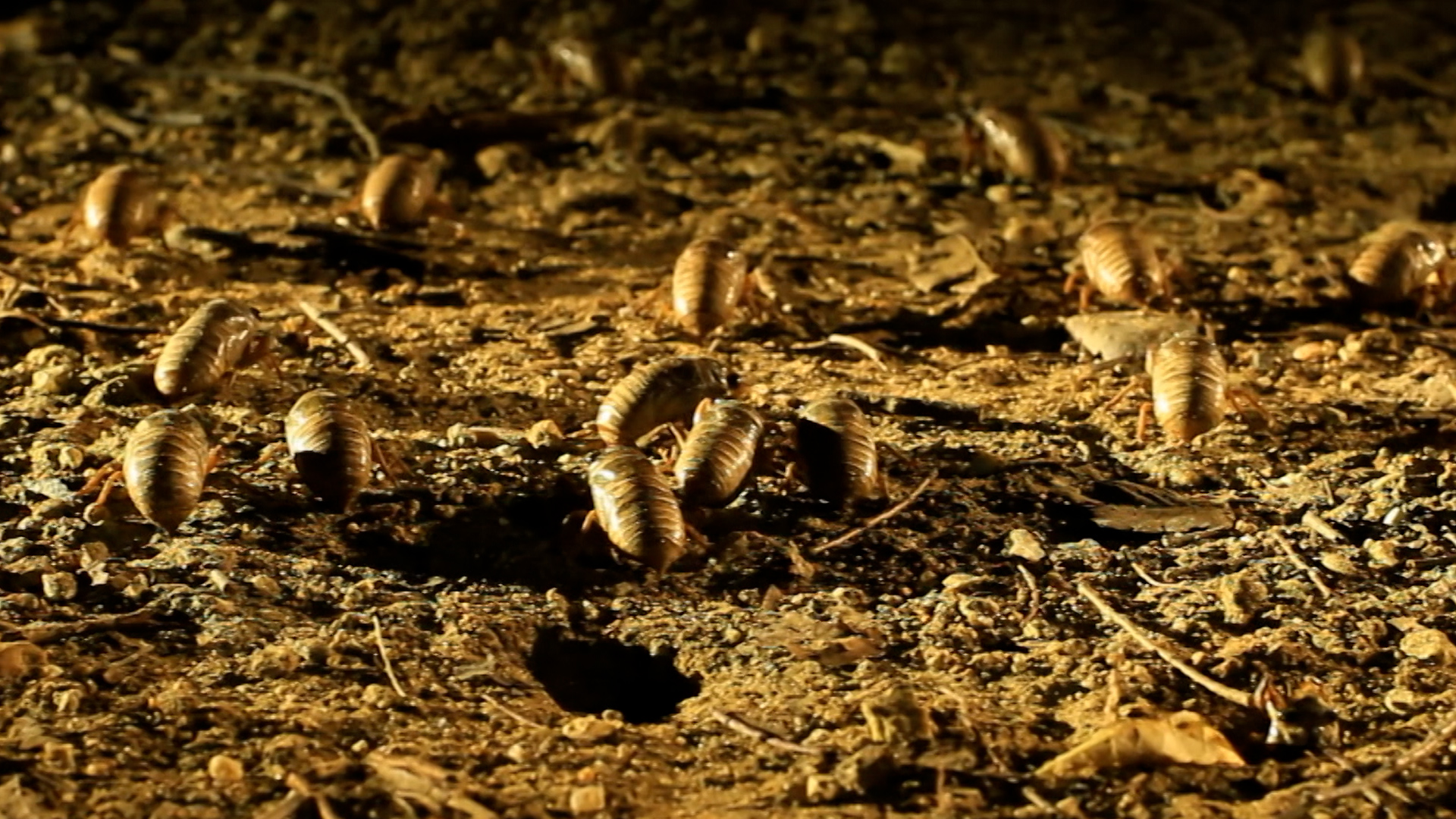As COVID-19 cases and hospitalizations begin to rise in the United States, recent approval from the CDC has paved the way for Americans to be inoculated with a new booster shot, as soon as Wednesday in some areas.
The updated shot is formulated differently than previous vaccines, with the new booster targeting a specific strain of the virus that is responsible for almost 90% of the subvariants currently circulating across the country.
While those looking to receive the booster may wonder if they will be getting the newly-approved shot or the previous booster, there is now only one option.
As part of the FDA authorization for the updated mRNA vaccines manufactured by Moderna and Pfizer, the previous bivalent boosters offered by both companies are no longer authorized.
Feeling out of the loop? We'll catch you up on the Chicago news you need to know. Sign up for the weekly Chicago Catch-Up newsletter here.
Therefore, if you have an appointment for a vaccine, you will be receiving the updated shot.
So what is so different about the new vaccine? What do the CDC and FDA have to say about receiving the new shots? Could they actually cost you money?
Here’s what we know.
News
What is the new guidance from the CDC and FDA?
The CDC has recommended that patients that are 6 months of age or older receive an updated booster shot against COVID-19.
The CDC’s recommendations also indicated that individuals under the age of 6, or those with weakened immune systems, may need multiple booster shots, but should do so after consultation with a physician.
The FDA’s recommendations mirror the CDC’s statements from this week, with rollout expected in coming days.
What is new about this booster shot?
According to the CDC and FDA, the COVID-19 formulations being released by the major vaccine manufacturers will be “monovalent,” meaning they are specifically-designed to target descendants of the XBB.1.5 COVID variant.
That variant, itself a descendant of omicron, has already spawned multiple new subvariants, including EG.5 and FL.1.5.1, and the FDA and CDC both believe that the new vaccine will effectively target those strains as they start to spread in the population of the U.S.
According to the CDC, more than 90% of the COVID viruses circulating now are closely related to the XBB.1.5 strain.
When will the new shots be available?
According to the CDC, rollout of the new vaccines is already underway, and they may be available in some locations as early as Wednesday.
Who should get them?
Those individuals who haven’t received a booster since last fall, and who haven’t had a recent COVID infection, should get the new booster shots as soon as possible, according to experts.
Those who are unvaccinated can also get the booster without completing the multi-dose primary series beforehand, according to the new FDA guidance.
Those who have recently had COVID may wait approximately 90 days to maximize the effectiveness of the new booster, according to officials.
Will the new shots cost anything?
Since the federal national emergency for COVID has ended, the cost of the shots will not be covered by the government, according to officials.
Both Pfizer and Moderna have said they are pricing vaccine doses at more than $100, but officials say the shots will still be free for most Americans that are covered by private insurance or Medicare.
For those who are not insured, the CDC says it is working with health departments, clinics and pharmacies to temporarily provide free shots at this time.
What are the side effects?
According to the CDC and FDA, the side effects of the booster shots are similar to those of previous versions of the vaccine. They include headache, chills, fever, nausea, and pain or swelling of the injection site.
What are the dominant variants of the virus?
There are numerous omicron-offshoots currently in circulation, with EG.5 the most prevalent, responsible for an estimated 21.5% of COVID infections in the U.S.
FL.1.5.1 is close behind, with several XBB variants also becoming more widespread in recent weeks.



